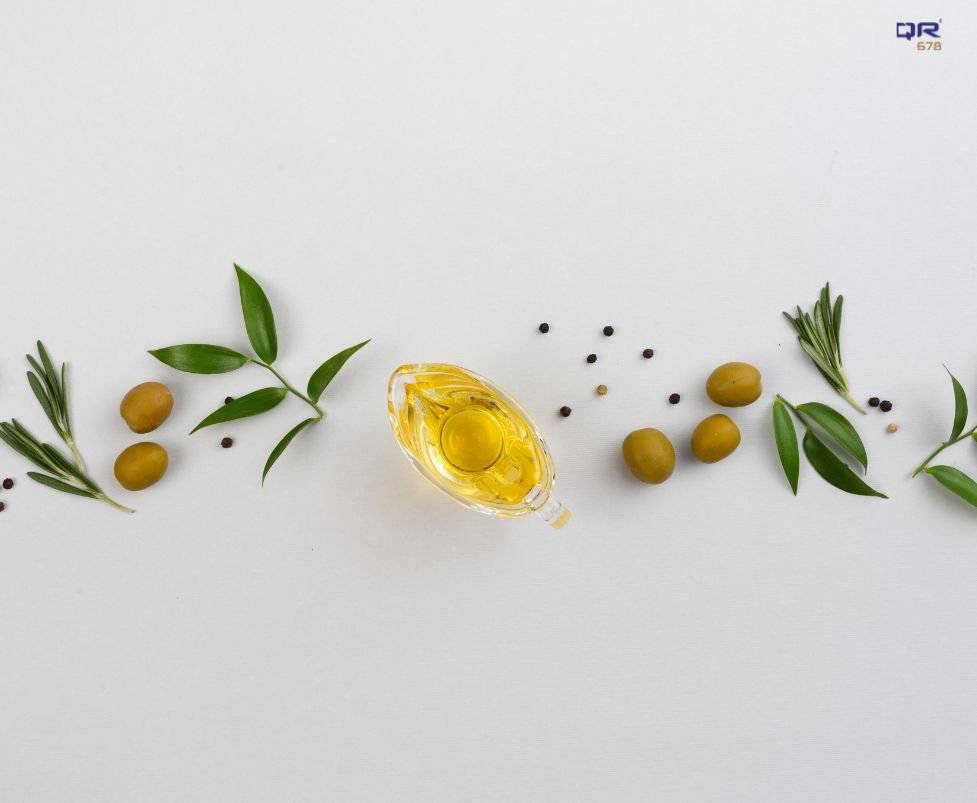How to Use Pumpkin Seed Oil for Hair Loss

If you’ve been dealing with hair thinning or more shedding than usual, you’ve probably seen all sorts of remedies online. One name that pops up a lot lately is pumpkin seed oil. It’s been around forever in cooking, but researchers and hair specialists have started paying more attention to it for scalp health. Is it a magic cure? No. Could it help in the right situation? Quite possibly. In this blog we will discuss how to use pumpkin seed oil for hair loss?
Also Read: what to eat to prevent hair loss after pregnancy
Why It Might Work for Hair
Pumpkin seed oil is full of things your hair and scalp actually use — vitamin E, zinc, and essential fatty acids. These are great for keeping the scalp in good condition. But the real reason it’s linked to hair loss prevention is because of compounds called phytosterols.
Here’s the short version: there’s an enzyme in the body, 5-alpha reductase, that turns testosterone into DHT (dihydrotestosterone). Too much DHT can make hair follicles shrink over time. Smaller follicles mean finer, weaker hair, and eventually, those follicles can stop producing visible hair altogether. Pumpkin seed oil may slow that enzyme down, so DHT doesn’t build up as much. Some small studies, and a fair amount of anecdotal evidence, suggest it can improve thickness and density over a few months.
Picking a Good Oil
You don’t need anything fancy, but the quality does matter. I’d look for:
1: Cold-pressed, unrefined — keeps the nutrients intact.
2: Sold in dark glass bottles — light can damage the oil.
3: Organic, ideally — fewer pesticides to worry about.
It should look deep green or reddish and have a mild nutty smell. If it smells stale or the colour is pale, it’s probably past its best.
Also Read: can too much iron in water cause hair loss
How to Use Pumpkin seed Oil for Hair Loss on the Scalp
You can just rub it in, but doing it a little more deliberately gets better results.
1: Start with clean hair — dry or barely damp work.
2: Warm the oil slightly by putting the bottle in warm water for a couple of minutes.
3: Apply with your fingertips or a dropper right onto the scalp.
4: Massage for a few minutes. You’re not just spreading oil, you’re also boosting blood flow.
5: Leave it for at least 30 minutes. Some people go overnight (with a shower cap).
6: Wash out with a gentle shampoo. Sometimes you need two rounds if it’s heavy.
Two or three times a week is common, but if your scalp feels oily or irritated, cut back.
Taking It by Mouth
Topical use is one way. Another is taking it orally. You can get it in capsules, usually 500–1000 mg or you can use the oil in food. Just don’t cook with it — heat destroys many of its active compounds. A drizzle over salad or stirred into a smoothie is fine.
If you’re pregnant, breastfeeding or on medication, it’s always worth asking a healthcare professional before starting supplements.
Combining It with Other Hair Loss Steps
Pumpkin seed oil won’t solve every type of hair loss, and it works best when you combine it with other good habits or treatments. For example:
1: Using minoxidil for direct follicle stimulation.
2: Eating enough protein, iron, and healthy fats to support hair from within.
3: Managing stress so your hormones stay more balanced.
4: Avoiding tight hairstyles and harsh treatments that damage hair shafts.
The idea is to create a hair-friendly environment both inside and out.
Also Read: how much hair loss is normal in the shower
Any Downsides?
Most people don’t have problems, but it’s not risk-free. On the scalp, it might cause mild irritation if you have sensitive skin. Taken in large doses, it can upset your stomach.
Do a small patch test before using it widely. And if your blood pressure tends to be low, or you’re on medication for it, get medical advice first — pumpkin seed oil can lower blood pressure slightly.
How Long Before You Notice a Change
Hair works on slow timelines. You might see less shedding after two or three months if it’s helping you. New growth usually takes longer to notice, maybe four to six months or more. And if the cause of your hair loss isn’t related to DHT, you might not see much difference at all.
Storing the Oil
Like most natural oils, pumpkin seed oil can go rancid if you don’t store it right. Keep it sealed, away from heat and sunlight. If the smell changes or it tastes bitter, it’s time to replace it.
Pumpkin seed oil isn’t a miracle in a bottle, but it does have enough evidence and nutrients behind it to make it worth trying for certain types of hair loss. The key is getting a good-quality oil, using it regularly, and being patient. Pair it with other healthy habits, and you give yourself a better chance of seeing thicker, healthier hair in the mirror in a few months.